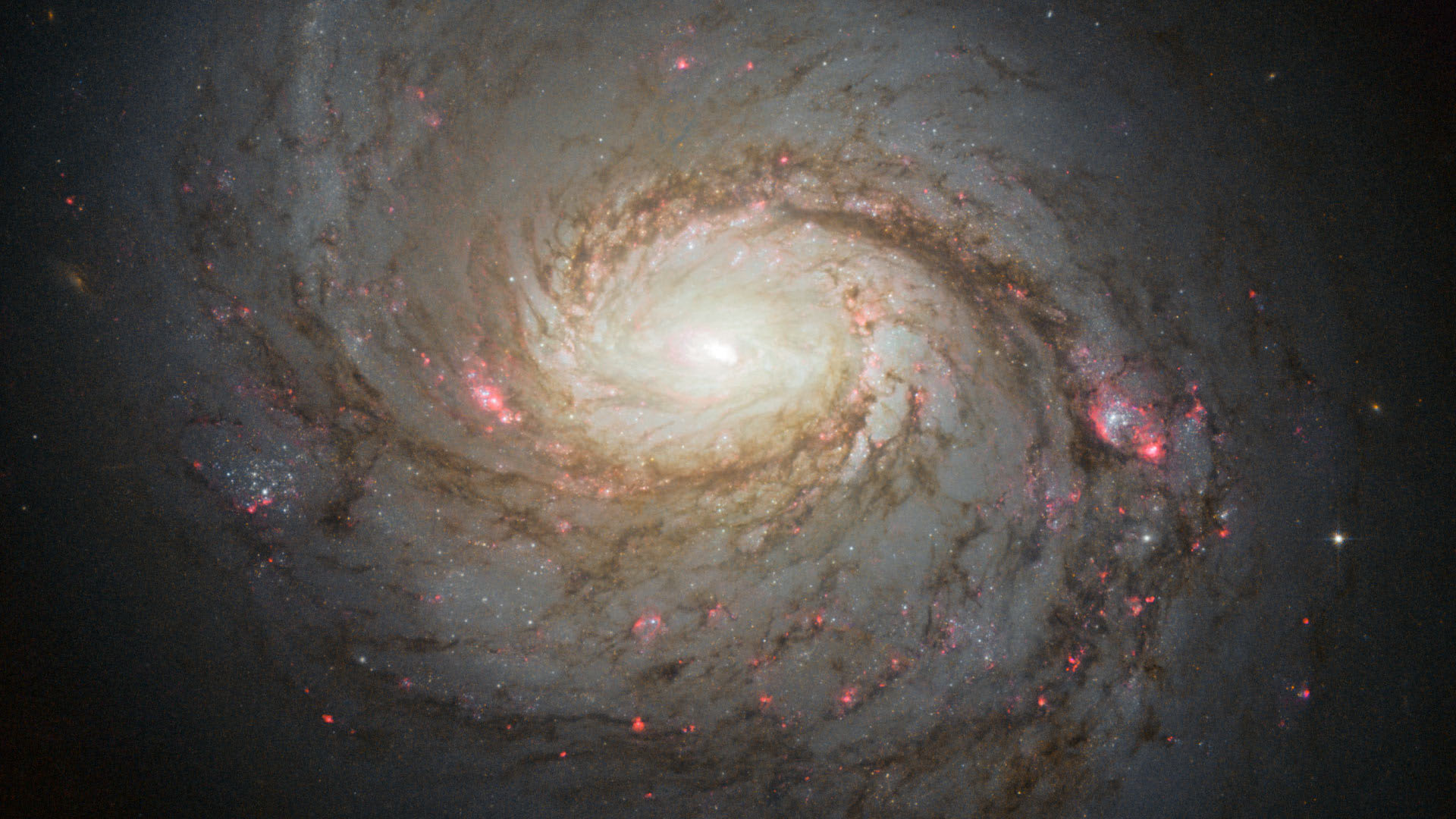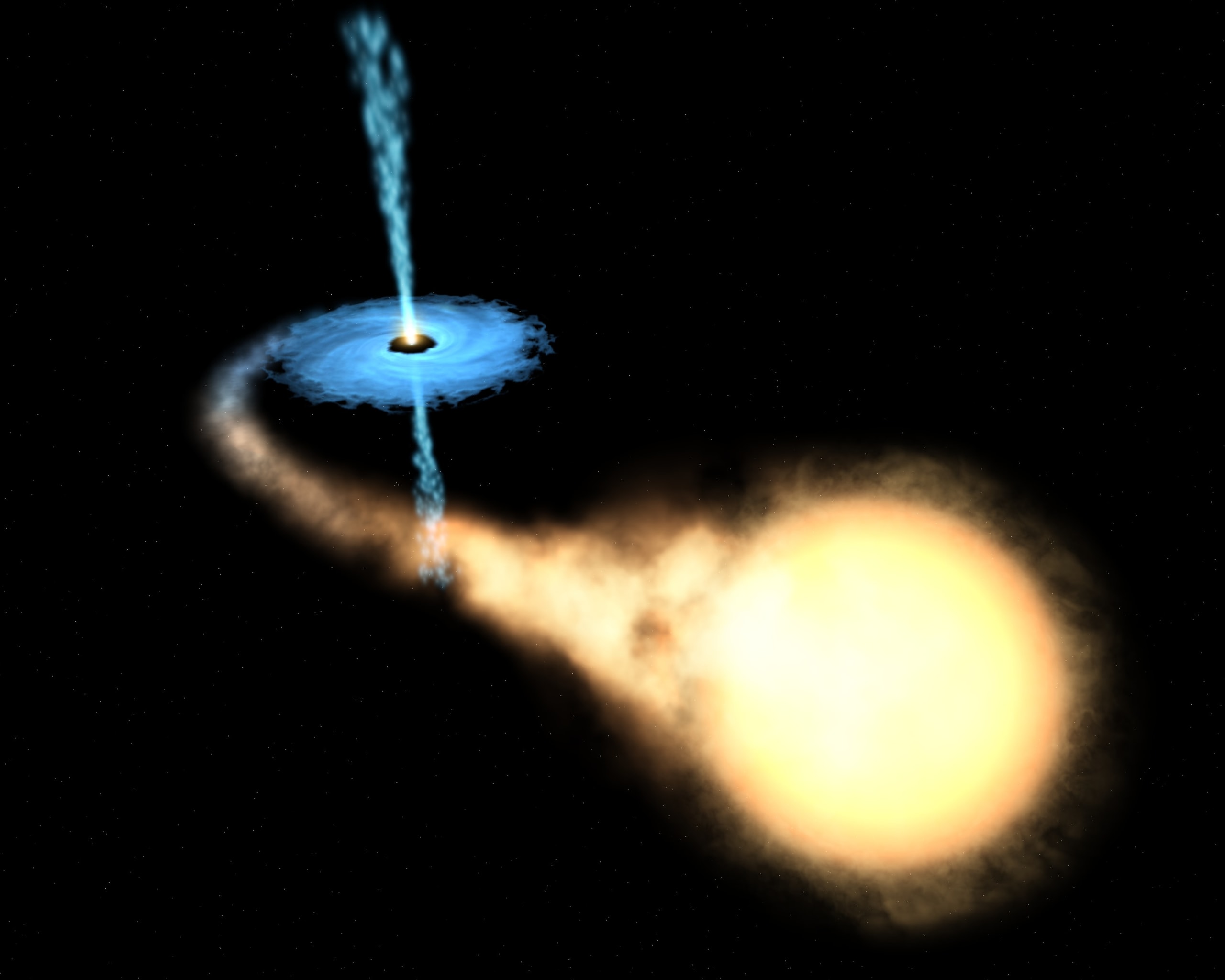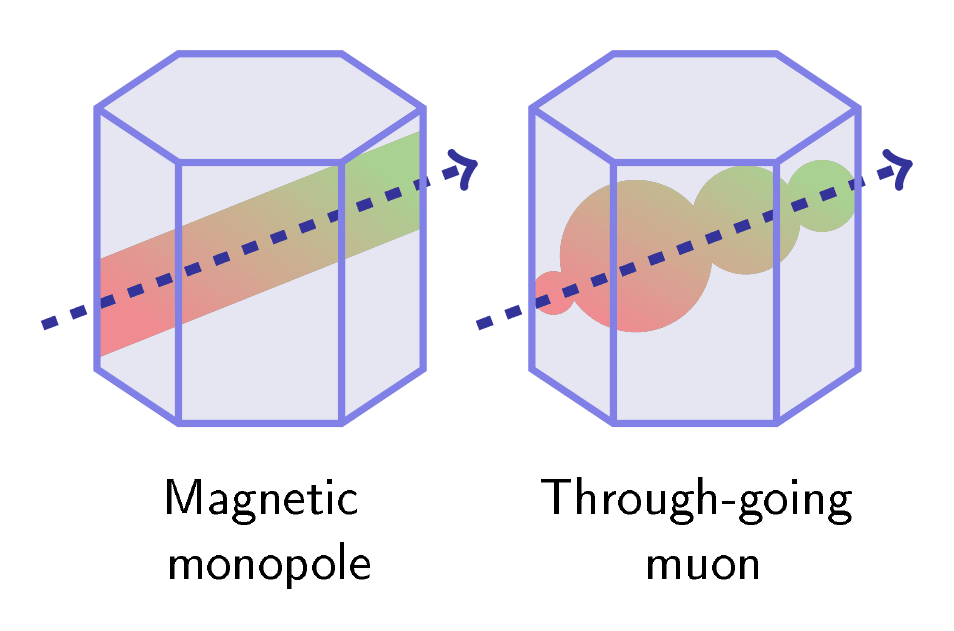-

Quantifying the estimated sensitivity of the IceCube Upgrade to atmospheric neutrino oscillations
As cosmic rays collide with particles in the Earth’s atmosphere, air showers containing atmospheric muons and neutrinos are produced. The atmospheric neutrinos are then detected by DeepCore, a denser and smaller array of sensors in the center of the IceCube Neutrino Observatory at the South Pole. Compared to the main IceCube detector, DeepCore is sensitive…
-

Successful testing of over 10,000 photomultiplier tubes for IceCube Upgrade digital optical modules
At the South Pole, the cubic-kilometer-sized IceCube Neutrino Observatory searches for high-energy neutrinos of astrophysical origin. When a neutrino crashes into the ice, blue light is emitted and detected by some of IceCube’s 5,160 digital optical modules (DOMs) across 86 vertical cables (strings) embedded deep within the Antarctic ice. The IceCube Upgrade, an enhancement to…
-

Improved IceCube Upgrade optical module paves the way for IceCube-Gen2
The IceCube Neutrino Observatory, a cubic-kilometer-sized neutrino telescope, searches for high-energy neutrinos of astrophysical origin. Located at the geographic South Pole, IceCube consists of 5,160 digital optical modules (DOMs) across 86 vertical cables (strings) embedded deep within the Antarctic ice, as well as a surface array, IceTop, and a denser inner subdetector, DeepCore. When neutrinos…
-

IceCube neutrinos give us first glimpse into the inner depths of an active galaxy
For the first time, an international team of scientists have found evidence of high-energy neutrino emission from NGC 1068, also known as Messier 77, an active galaxy in the constellation Cetus and one of the most familiar and well-studied galaxies to date. First spotted in 1780, this galaxy, located 47 million light-years away from us,…
-

Are extragalactic sources of ultra-high-energy cosmic rays efficient emitters of neutrinos?
The search for the sources of ultra-high-energy cosmic rays (UHECRs) is not a simple one. UHECRs, which are a mixture of protons and heavy nuclei, are the highest energy particles ever measured. They should produce “hotspots” of high-energy neutrinos if they interact with other particles near their point of origin. Six years ago, a first…
-

Confirmation of whether galactic X-ray binaries emit high-energy neutrinos awaits IceCube-Gen2
X-ray binaries (XRB) consist of a compact object, such as a neutron star or a black hole, and a noncompact, companion star. When they are close enough, material is pulled off the star and drawn onto the compact companion, releasing intense X-rays that make them some of the most luminous sources in the sky. Microquasars,…
-

IceCube and the mystery of the missing magnetic monopoles
We are all surrounded by magnets. Whether they’re on your fridge, in your smartphone, or in your credit card, the magnets you interact with all have one thing in common (well, two things): they each have a north and south pole. Could a magnet ever have just one pole? Yes, according to scientists, and it’s…
-

IceCube-Gen2 will open a new window on the universe
On December 18, 2010, IceCube’s final DOM (digital optical module) was lowered into a hole in the ice at the South Pole. After seven years of construction—and many more years of international collaboration around design and planning—the IceCube Neutrino Observatory was complete. The detector now had 5,160 DOMs on 86 cables (“strings”) frozen into a…
-

Exploring the possibility of detecting extragalactic supernovae with IceCube-Gen2, summer research with IceCube
International Research Experiences for Students (IRES) is a program funded by the National Science Foundation to support active participation of US undergraduates in international research projects. Vanessa Esaw, Nick Kulacz, Nick Jensen, Jack Nuckles, and Samantha Pedek participated in the IRES program through UW–River Falls to work on IceCube research for the summer at Stockholm…
